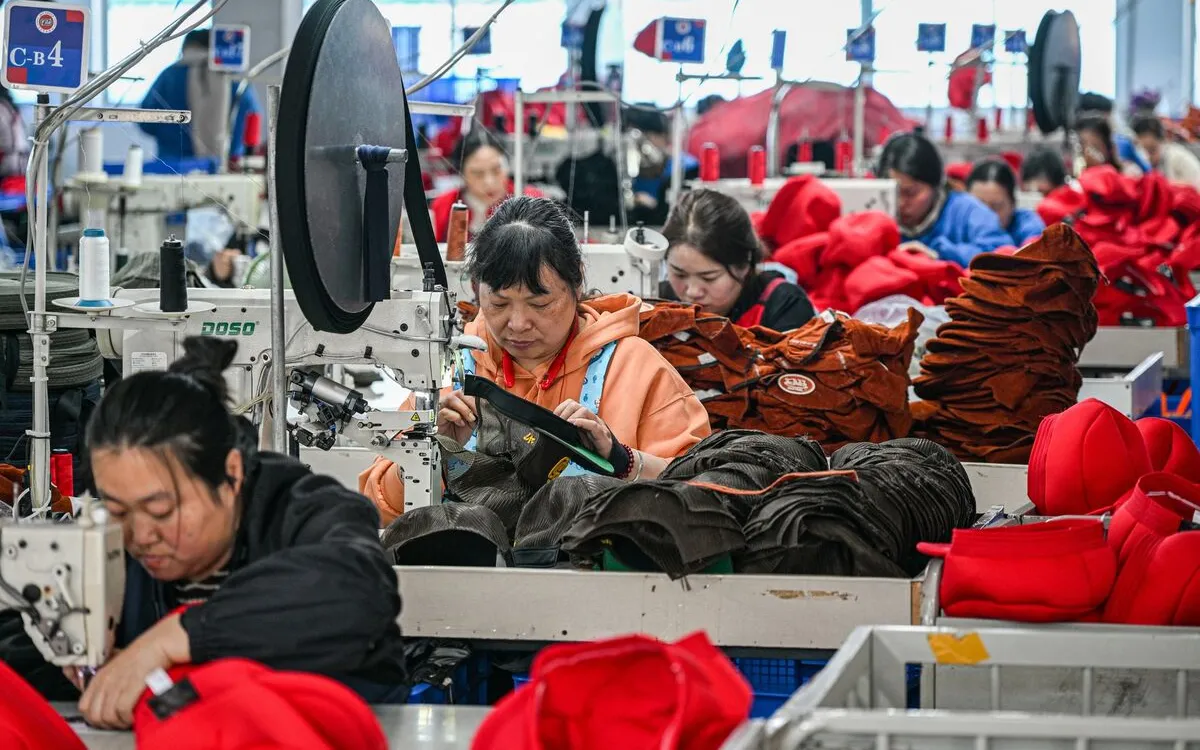
In April, China's consumer deflation continued for the third consecutive month, reflecting ongoing economic pressures. This trend is primarily influenced by a combination of punitive tariffs imposed by the United States and a significant decline in domestic demand.
The tariffs levied by the US have played a crucial role in exacerbating the economic situation in China. As these tariffs create additional costs for Chinese manufacturers and exporters, they have ultimately contributed to a decrease in prices for consumers. This decline in prices, while seemingly beneficial at first glance, signals deeper issues within the economy that could hinder long-term growth.
In addition to external pressures, weak domestic demand remains a significant factor contributing to consumer deflation in China. As consumer spending slows, businesses are forced to lower prices in an attempt to stimulate sales. This cycle of declining prices and reduced spending poses a risk to economic stability, potentially leading to further deflationary pressures.
The persistence of deflation in China raises concerns not only for the Chinese economy but also for global trade dynamics. As global trade patterns shift, the effects of China's economic challenges may ripple through international markets, influencing consumer behavior worldwide.
For businesses and investors, understanding the implications of China's ongoing consumer deflation is essential for navigating the complexities of the global market. Monitoring these trends will be critical for making informed decisions in an increasingly interconnected economy.
To keep up with the latest developments in global trade, consider subscribing to the Supply Lines newsletter. This daily newsletter offers insights and updates on international trade issues, helping you stay informed about the changing landscape of global trade.